It is recommended that you try practicing these techniques with some of the featured decks after you finish reading.
The Practice and Chronicles modes found under Single in the main menu are ideal for this.
Once you think you’ve gotten the hang of it, mix in some new cards from packs to create your very own decks and try them out in Ranked Matches!
After reading What Element and Hero Best Fits You and settling on your preferred Hero, the next step is to learn more about that Hero’s fighting style.
Over the next five articles,
we will take an in-depth look at each Hero’s preferred deck structure and basic uses of their initial Hero Arts in battle.
In this article we will be looking at the red elemental Hero Ryu and the green elemental Hero X.
Summary
- Ryu excels at dealing direct damage
- X specializes in increasing HP and Life
Article Index
- 1. Ryu’s Basic Deck
- 2. Ryu’s Basic Play Style
- 3. Choosing Your Starting Hand (Ryu)
- 4. A Tidbit of Advice to Win With Ryu
- 5. X’s Basic Deck
- 6. X’s Basic Play Style
- 7. Choosing Your Starting Hand (X)
- 8. A Tidbit of Advice to Win With X
1. Ryu’s Basic Deck
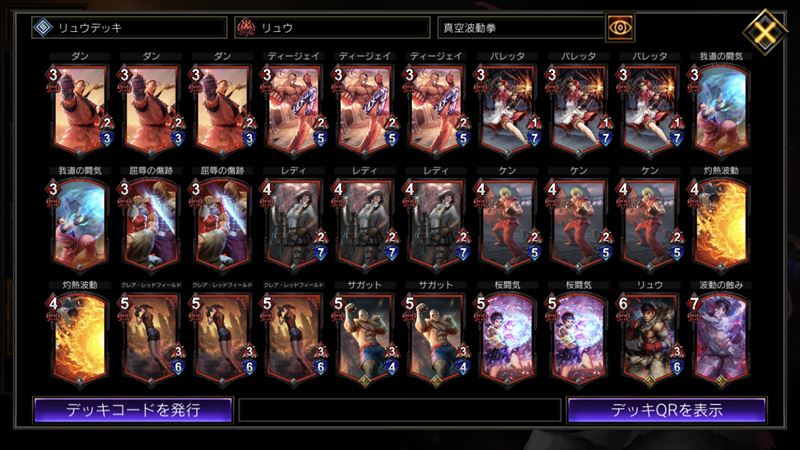
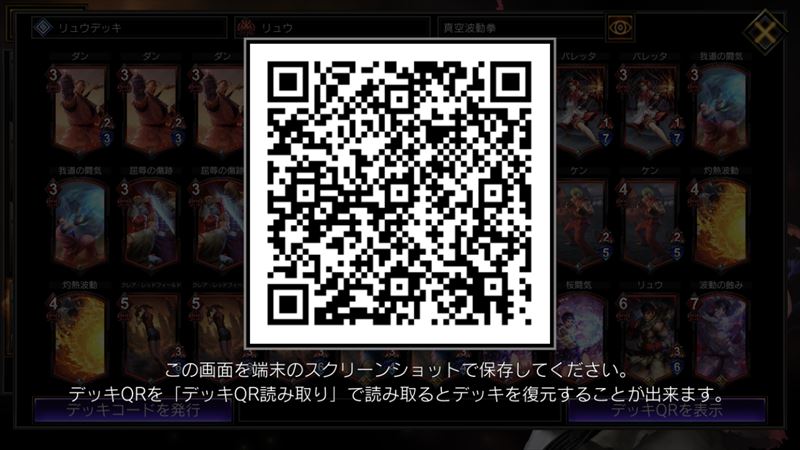
The Ryu deck we’ll be using in this article is shown above along with its Deck QR.
This deck exclusively uses Basic Cards, so all players can replicate it in-game simply by scanning the accompanying Deck QR.
It’s recommended that you take a few minutes to familiarize yourself with the cards in the deck and the details of Ryu’s Hero Art before proceeding.
2. Ryu’s Basic Play Style

As you might guess from his Shinku Hadoken, Ryu excels at dealing damage directly to enemy units.
In battle, he wants to destroy enemy units through direct damage, thereby weakening his opponent’s board and opening their Hero up to attacks.
Ryu decks generally adhere to the following loop:
1. Wait for the opponent to place a unit on the field.
2. Target that unit with direct damage and destroy it.
3. Once all enemy units have been cleared away and you control the board, attack the enemy Hero.
4. Return to 1.
Once enough damage has been dealt to the enemy Hero and their Life is low, you can try to finish them off in one fell swoop with direct damage.
See below for examples of cards to use:
[Unit Cards That Deal Direct Damage to Units]
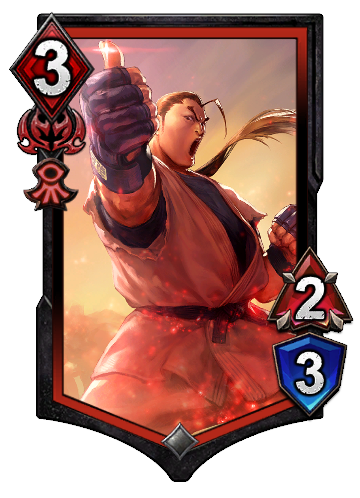
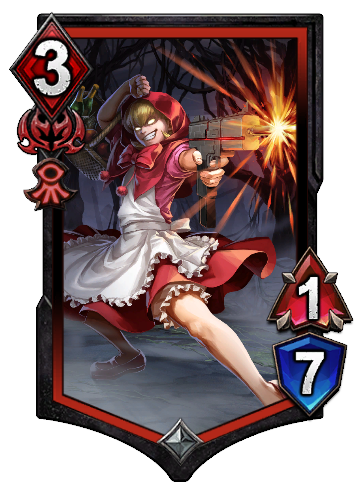
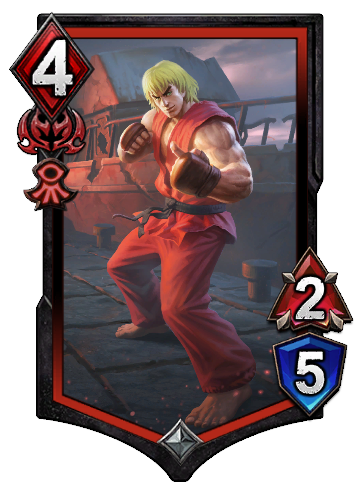
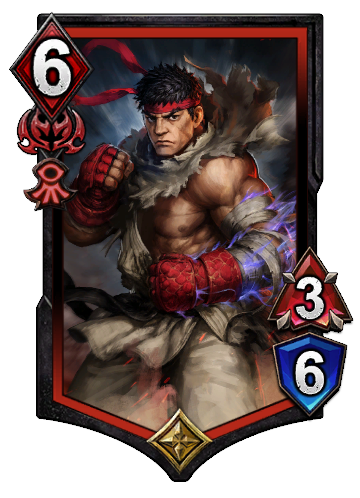
These Unit Cards can deal damage to enemy units as soon as they enter play.
All of the cards used in this starter deck deal damage to the enemy unit directly in front of them, but there are other cards capable of dealing damage divided among all enemy units.
Ryu decks will seek to gain the advantage by dealing direct damage to enemy units, as in the following example:
Destroying units efficiently with direct damage
1. Your opponent places a unit with 4 Attack and 1 HP on the field.


2. You counter with a unit that deals 1 damage to the unit in front when it is played.


3. Your opponent’s unit is destroyed, while yours is left unharmed.

When your game plan revolves around destroying enemy units efficiently, it is vital to be able to quickly and accurately calculate the damage you can deal.
For this reason, it is generally a good idea to be conservative in playing your Unit Cards.
If you allow your opponent to play their Unit Cards first, you can then calculate how much damage you can deal to them through effects and combat, and so determine the optimal counter-strategy. This is the key to winning with Ryu.
For a more detailed explanation of the mechanics of unit battles, please refer to Tips and Tricks (Basic Knowledge).
[Action Cards that Deal Direct Damage to Units]
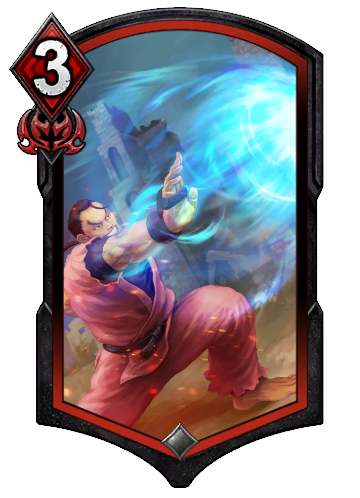

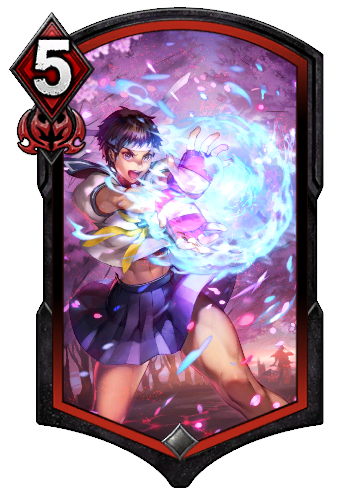
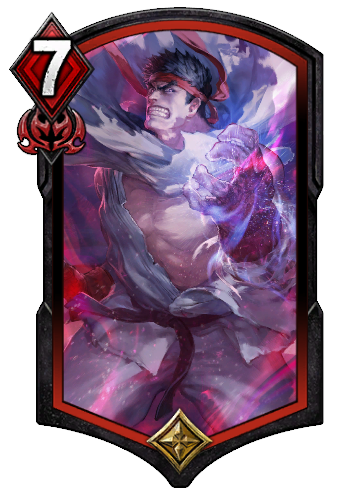
Action Cards can also be used to deal direct damage to units.
Many of them can deal more damage than the aforementioned Unit Cards and they are generally very powerful, but they must be used with care as they trigger an Active Response (see Tips and Tricks (Basic Knowledge)), giving your opponent a window to respond.
Try to use them when your opponent’s MP is low to minimize the chance that they will be able to counter you.
[Cards That Deal Direct Damage to the Enemy Hero]
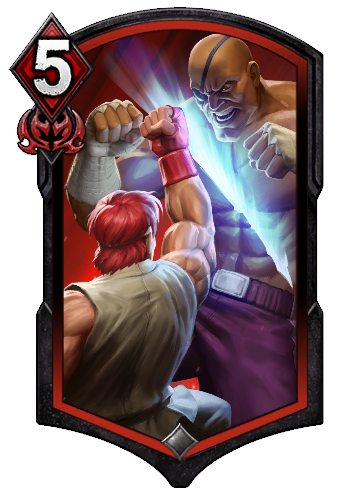
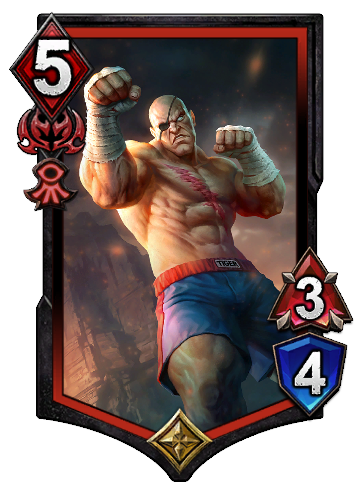
Unit and Action Cards that damage the enemy Hero directly can be extremely useful, but they typically deal less damage than other kinds of cards.
They cost a lot of MP to play, and they must be timed carefully; they may invite counters and can be mitigated through healing if used too early.
It is usually advisable to save them for the final stages of the battle, when both Heroes have taken a lot of damage, and use them to target your opponent’s last few points of Life.
3. Choosing Your Starting Hand (Ryu)

For Unit Cards, look for “Dee Jay (RYU 002),” with his balanced stats and low MP cost, and “B.B. Hood (RYU 006),” with her high HP and direct damage ability, to help you stand your ground in the early game.
It’s also hard to go wrong with “Lady (RYU 004),” who will give you 2 Attack and 7 HP for 4 MP.
If you don’t have at least two of these cards in your opening hand, consider opting to redraw.
Ideally, your starting hand will also contain 1-2 Action Cards like “Path of the Warrior (RYU 009)” and “Shakunetsu Hado (RYU 12).”
▼Think carefully! You only can redraw once!
You have only 10 seconds to decide, so it’s important to plan in advance so you can instantly judge which hands you want to keep and which you want to discard.
Bear in mind that you cannot choose any cards to keep and must redraw your entire hand, so it always entails some level of risk.
4. A Tidbit of Advice to Win With Ryu
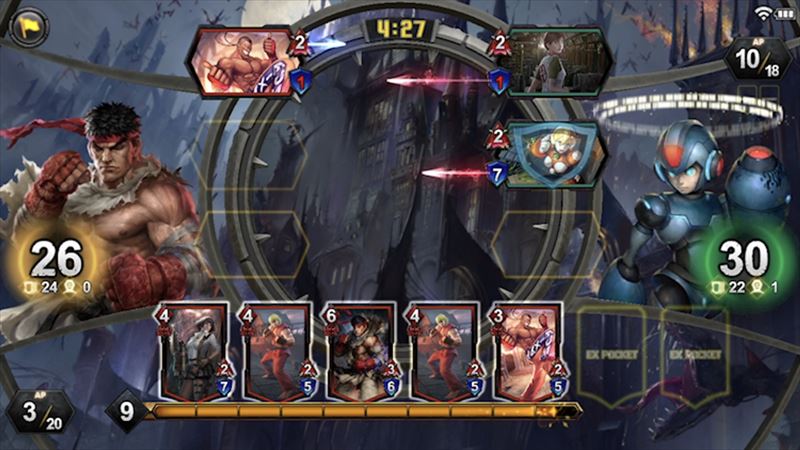
Ryu struggles most against opponents who make use of <Shield>.
Units with <Shield> can block direct damage, so a lot of the value of your cards will be wasted against them.
When facing opponents like this, aim to destroy their <Shield> before going in for the kill with direct damage, as below.
Destroying Units With <Shield> Using Shinku Hadoken
1. When your opponent gives one of their powerful units <Shield>…


2. You play “B.B. Hood (RYU 006),” taking advantage of her low MP cost, to deal 1 damage to it and destroy its <Shield>…


3. And immediately follow up with a Shinku Hadoken to destroy the unit!

The <Shield> ability only negates a single instance of damage.
Put another way, a <Shield> can be removed with even just 1 damage.
Aim to destroy a <Shield> with the weakest attack you can, before following up with a stronger offensive to destroy the exposed unit.
The above scenario makes use of “B.B. Hood (RYU 006)” ability, but direct attacks from low-MP cost units like “Dee Jay (RYU 002)” can also be effective.
▼Ryu’s Hero Arts are ideal for aggressive strategies!
Denjin Renki amplifies the damage-dealing effects of all of your units on the field and all cards in your hand and EX Pocket, making it an ideal complement for decks with lots damage-dealing Action Cards.
Meanwhile, Metsu Shoryuken’s ability to give an allied unit <Combo> means that it has very powerful synergy with high-Attack units.
Both can provide a powerful boost to your offense, but they require a little more finesse to use effectively than Shinku Hadoken, and are better saved for after you get more comfortable using Ryu in battle.
5. X’s Basic Deck
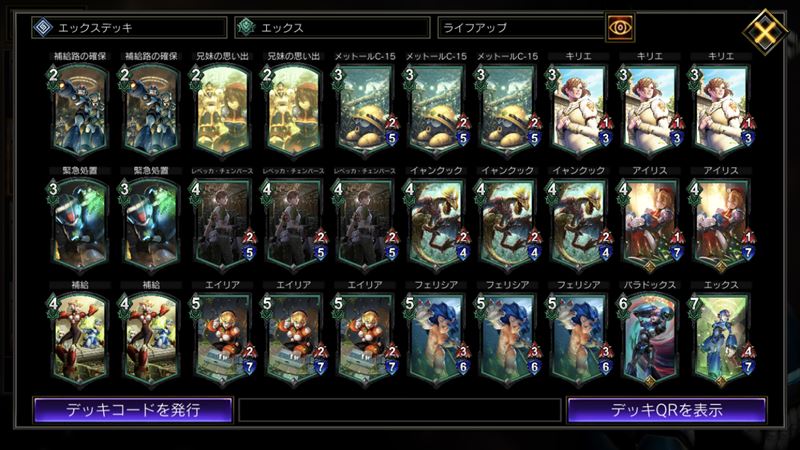

The X deck we’ll be using in this article is shown above along with its Deck QR.
Just like Ryu’s, this deck exclusively uses Basic Cards, so all players can replicate it in-game simply by scanning the accompanying Deck QR.
It’s recommended that you take a few minutes to familiarize yourself with the cards in the deck and the details of X’s Hero Art before proceeding.
6. X’s Basic Play Style
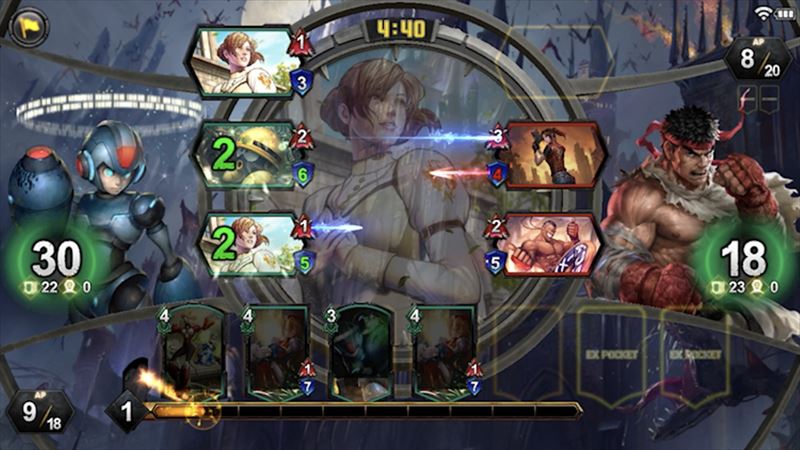
X is extremely proficient at increasing his friendly units’ HP.
His deck is stacked with cards whose effects increase friendly units’ HP, and his Hero Arts, Heart Tank, can bolster them even further.
X typically tries to supercharge his allies and utilize their bulk to outlast his enemy’s units, eventually wearing them down and opening them up to direct attack.
See below for examples of cards to use:
You may want to consider referring to Tips and Tricks (Basic Knowledge) for a more in-depth examination of the mechanics of combat before proceeding.
[Unit Cards That Increase Friendly Units’ HP]
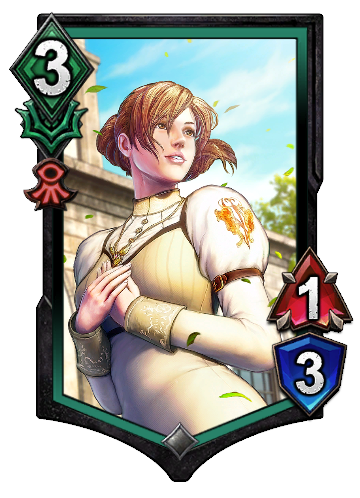
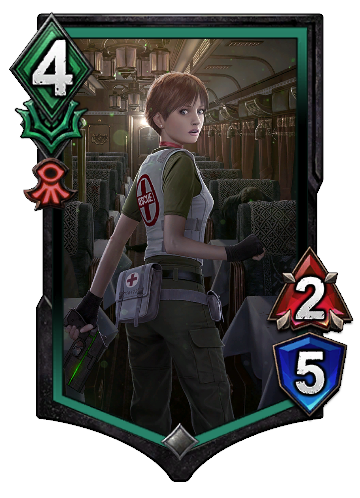
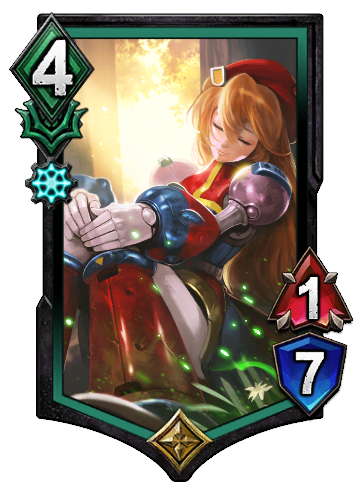
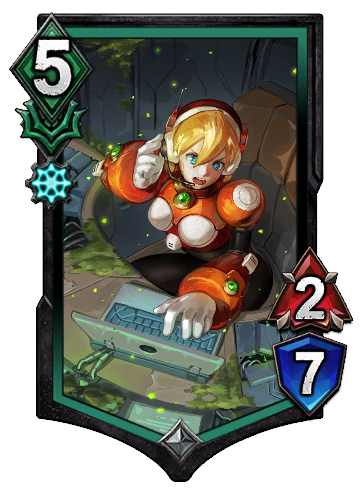
Many Unit Cards whose effects increase friendly units’ HP only apply to units other than themselves, so it’s best to place a unit you want to buff onto the field before playing them.
They also tend to have lower stats to compensate for their powerful effects.
Because of this, they are better off kept to a support role and shielded from direct combat.
Using Increased HP to Seize the Advantage in Combat
As detailed in Tips and Tricks (Basic Knowledge), whenever two units fight, they both deal damage to each other.
Because of this, if you play “Felicia (X 006),” a unit with 3 Attack/6 HP for 5 MP, and your opponent responds with “Lady (RYU 004),” a unit with 2 Attack/7 HP for 4 MP, they will destroy each other after 3 rounds of combat.
Because you have spent 1 more MP, you will finish the engagement at a disadvantage, but as shown below, by increasing your unit’s HP you can avoid this stalemate and come out ahead.
1. Your opponent plays their unit in response to yours.


2. You increase your unit’s HP mid-combat.


3. When combat ends, your unit is still standing.

Because you used the effect of “Rebecca Chambers (X 002)” to increase “Felicia (X 006)” HP, your unit survives the battle and only the opponent’s “Lady (RYU 004)” is destroyed.
Now “Rebecca Chambers (X 002)” is also on the field, so you have two units to attack with while your opponent has none.
Next you would look to strengthen “Felicia (X 006)” or “Rebecca Chambers (X 002)” by playing another card that increases allied units’ HP.
[Action Cards That Increase Friendly Units’ HP]
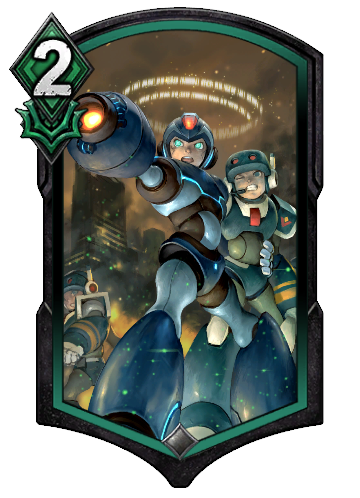
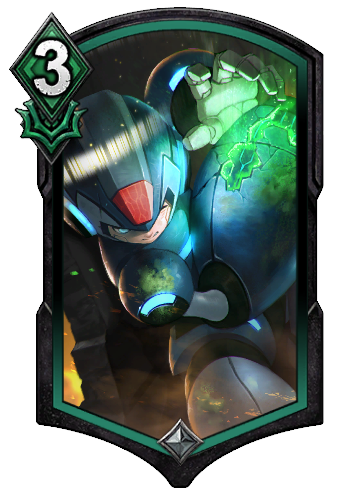
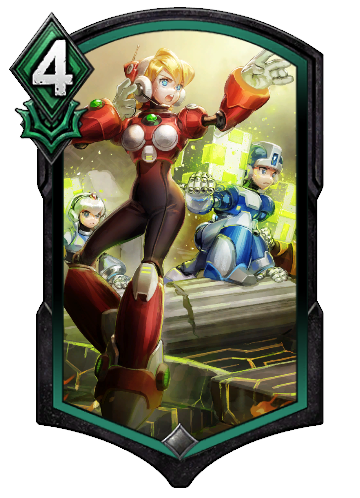
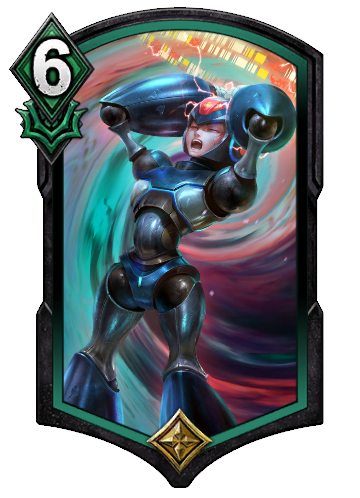
There are many Action Cards that increase friendly units’ HP. Some only target a single friendly unit, while others target all of them.
Aim to maximize the effects of the latter by playing them after placing as many units on the board as you can.
However, always bear in mind that trying to recover HP with an Action Card will trigger an Active Response (see Tips and Tricks (Basic Knowledge) for details), potentially giving your opponent an opportunity to destroy your unit(s) before the effect activates.
Try to prevent this by playing your Action Cards when your opponent’s MP is low, or by using them during an Active Response triggered by your opponent, as below.
Protecting Friendly Units During Active Response
1. Your opponent plays an Action Card that will deal damage to a friendly unit.
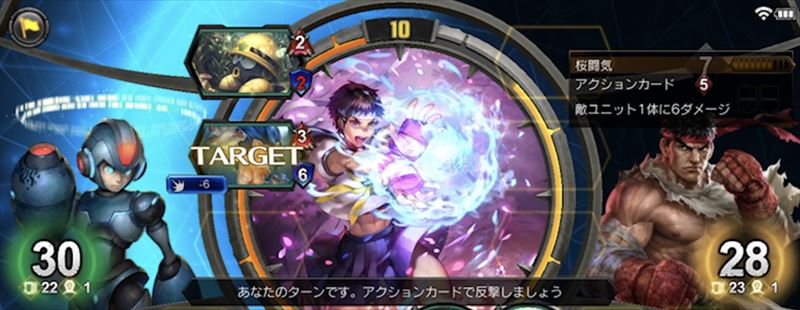

2. You take advantage of the Active Response to restore your friendly unit’s HP.
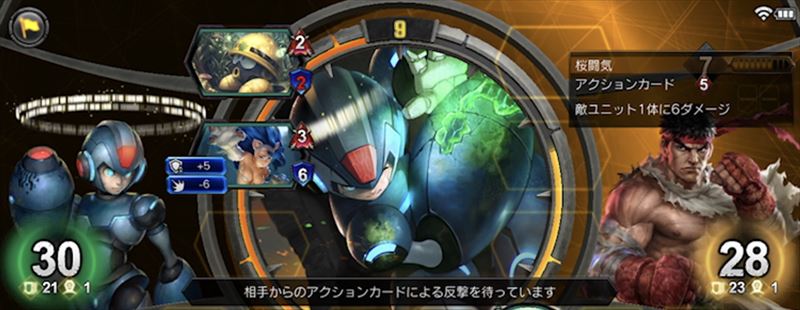

3. Your friendly unit survives the enemy attack.
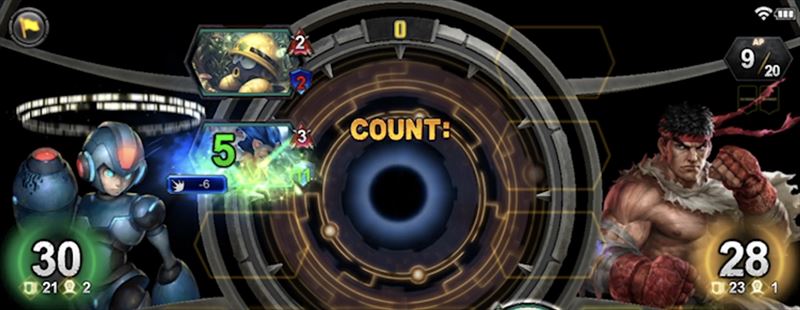
Remember that effects activate in reverse play order when Active Response ends.
Your “First Aid (X 012)” was played second, so it activates first, increasing “Felicia (X 006)”’s HP to 11 before “Sakura’s Fighting Spirit (RYU 010)” deals 6 damage to her. As a result, she survives.
Your opponent has expended 5 MP over this Active Response phase, but you have only expended 3 MP and your “Felicia (X 006)” remains on the board, so this exchange leaves you at an advantage.
[Cards That Recover Your Hero’s Life]
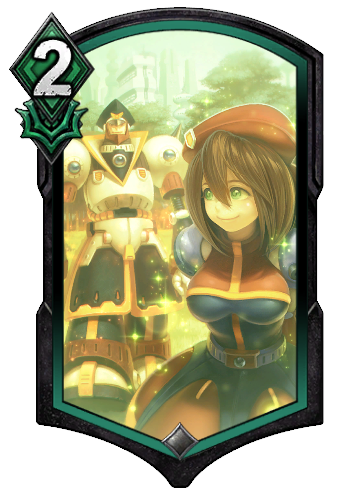

There are not many cards in TEPPEN capable of recovering Heroes’ Life, but many of those that do exist can recover a great deal of Life at once, potentially turning a losing situation into a dramatic comeback.
However, you should remember that they don’t directly help your units in combat, and expending MP on unnecessary healing can leave you unable to play important units when you need to.
Try and save them for when your Hero is extremely low on Life, or for when you find yourself with excess AMP during an Active Response phase.
Some cards like “Paradox (X 013)” let you choose whether to recover your units’ HP or your Hero’s Life.
This allows you to use them to either protect powerful units or save yourself in a dire situation, giving you a great deal of flexibility.
7. Choosing Your Starting Hand (X)

Unit Cards that recover friendly units’ HP tend to have comparatively low Attack and HP for their MP cost.
You will struggle to gain the advantage in combat with these units alone, so look for cards like “Metall C-15 (X 001),” with its sturdy Attack/HP for 3 MP, or “Yian Kut-Ku (X 003),” who costs 4MP and comes with the powerful <Flight> ability, in your starting hand.
“Felicia (X 006)” is recommended for fending off the most powerful of your opponent’s units, despite her high MP cost, as she brings high Attack and damage to the field.
The ideal starting hand will contain 2-3 core units like the above, 1-2 units with HP recovery effects, and 1-2 Action Cards with HP recovery effects.
8. A Tidbit of Advice to Win With X
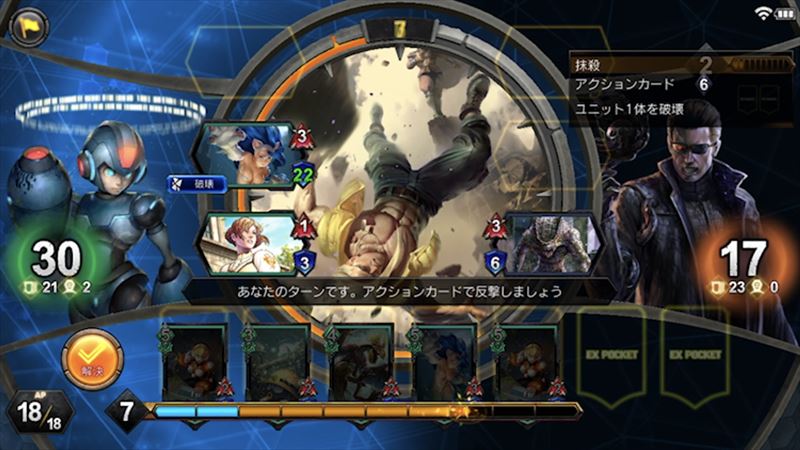
X struggles most against Action Cards that can destroy units instantly, which are most common among black elemental cards.
Because these cards can remove any unit from the field regardless of their HP, try to make a habit of strengthening multiple units at once in anticipation of one of them being destroyed.
This will help you avoid forfeiting too much ground with the loss of a single unit, while leaving you with other units who can continue attacking.
However, you shouldn’t forget that you have another powerful tool at hand to protect your units from destruction effects: X’s Hero Art, Gaea Armor.
This Hero Art gives all friendly units the ability <Veil>, which prevents them from being targeted by your opponent’s Action Cards and Hero Arts.
A field full of units with the <Veil> ability and buffed HP pools is almost guaranteed to stop your opponent in their tracks.
Try it out once you have it unlocked!
▼Use the Hero Art Charge Shot to bolster your offense!
If you want to use X more aggressively, you may wish to consider changing his Hero Art to Charge Shot.
Charge Shot, his second Hero Art, gives all friendly units an ability that gives them +1 Attack whenever their HP is increased.
When used in combination with cards that recover HP, this allows you to strengthen your units’ offensive and defensive capabilities at the same time.
While more difficult to master than Heart Tank or Gaea Armor, it can be extremely powerful in the right hands. Once you’ve gotten used to the basic deck, it’s worth trying it out!
Related Articles
*Details describe game features at the time of their implementation.
